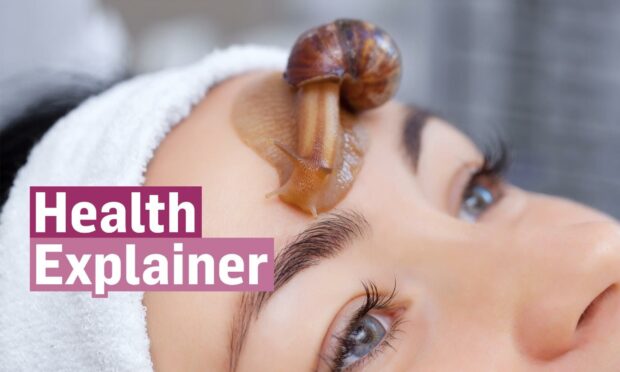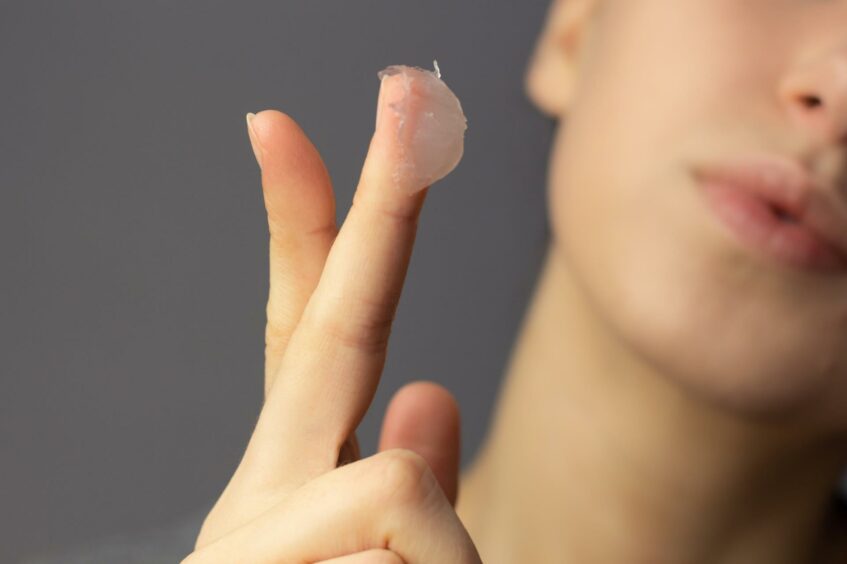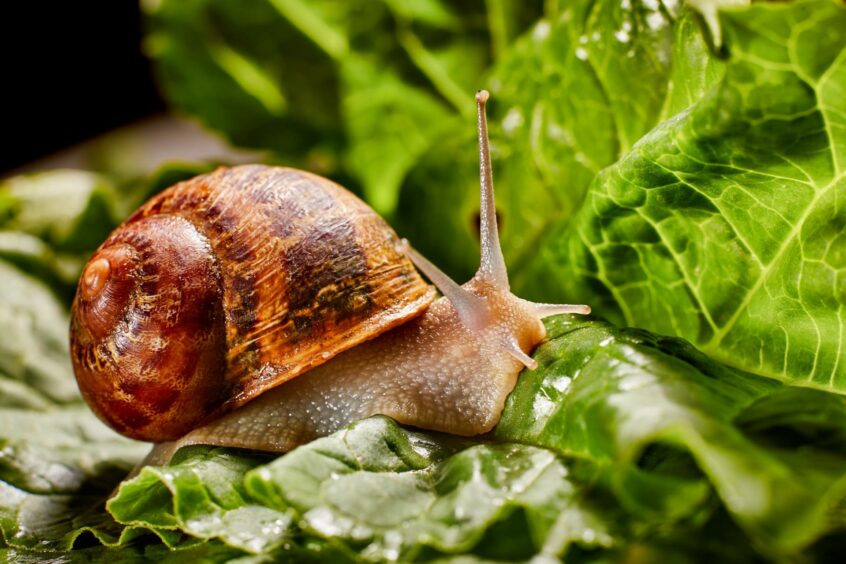Snails have slithered their way into the ingredient lists of numerous skincare products – but what are they, how do they work and are they safe?
Secretions from the common garden visitors have been used in the South Korean and Japanese beauty industries for a long time.
Recently they’ve made their way further west, with sales of related products skyrocketing.
Others have taken inspiration from slugs, with one technique going viral on social media.
But many still question how well these crazes actually work – and the reasoning behind one unusual key ingredient.
Slugs and snails and skincare tales
“Slugging” is a skincare hack which involves slathering your face in Vaseline (or similar products) overnight.
If you try it, make sure to use a skincare spatula (or even a spoon!) so that you aren’t dipping your fingers in the tub again and again.
Otherwise bacteria can build up in the product.
Threat of breakouts
Slugging adds what’s called an occlusive layer to your skin which keeps in extra moisture.
But it can cause acne because it stops your pores from being able to breathe.
@lenamaiah Slugging changed my skin #winterskin #dryskin #lenasrecs
Products like the Cosrx Advanced Snail Mucin Gel have faced the same mix of criticism and acclaim online as slugging.
The product contains one ingredient that has surprised many: snail slime.
Snail slime as skincare
Snail secretion filtrate is the term used for that slimy trail that snails leave behind – it’s also called snail mucin.
The high concentration of this snail mucin is intended to increase skin moisture and also smooth the texture.
It is said that this benefit was discovered when Chilean farmers’ hands became soft after handling snails.
As for how the slime is collected, the process seems to vary between manufacturers.
Cosrx says it places the snails in a dark, quiet room over some mesh, where they can roam freely and leave their mucin trail behind to be collected.
Other techniques include placing the snails in a steam bath while the mucin is extracted – sounding like some sort of tiny snail spa.
The slime goes through various stages of filtration to remove bacteria and other nasties.
And the consensus is that snails are not harmed in the process of collecting their mucin.
What do products with snail mucin do?
The ingredients in these products claim a wide range of benefits:
Aberdonian consultant dermatologist and surgeon, Dr Sanjaykumar Rajpara, says they likely will work – but it’s difficult to say with certainty.
“There have been very few published scientific studies into this ingredient but it’s difficult to say (if it is) effective, as it depends on many variable factors,” he said.
“That being the concentration, formulation and the person’s skin.”
Overall, the ingredients in the Cosrx formula are commonly found in many other over-the-counter purchases.
These are limited in concentration so they can be effective, but not harmful.
Dr Rajpara, who is based at Albyn Hospital, said: “The ingredients in snail secretion (products), especially the hyaluronic acid, can improve skin hydration.
“Other ingredients promote collagen production, aid skin healing, and can improve fine lines and texture.”
Snail slime beauty: What’s the verdict?
He added: “Like any other beauty products, consumers need to be aware of their skin type and use the appropriate products that suit their needs.
“So, if one has problematic skin, then it’s best not to use or follow trends.”
More of our health explainers…
Aberdeen expert’s guide to managing tinnitus
Aberdeen specialist on glaucoma, its signs and treatments
What is parosmia: The Covid symptom making food taste like sewage



